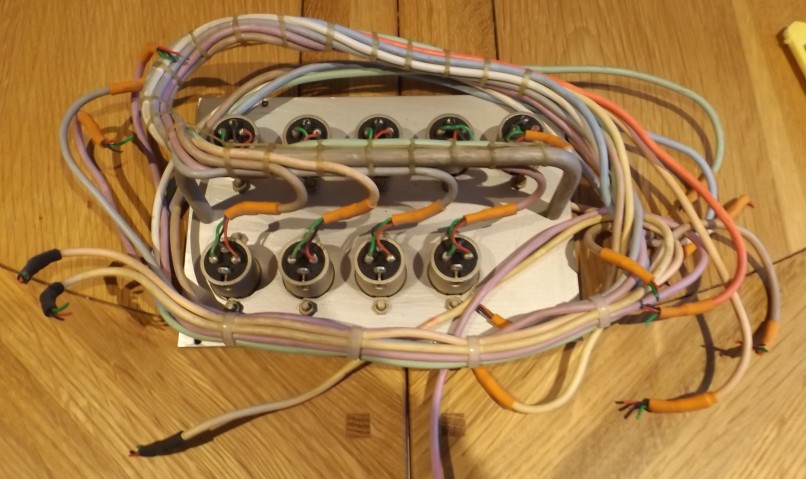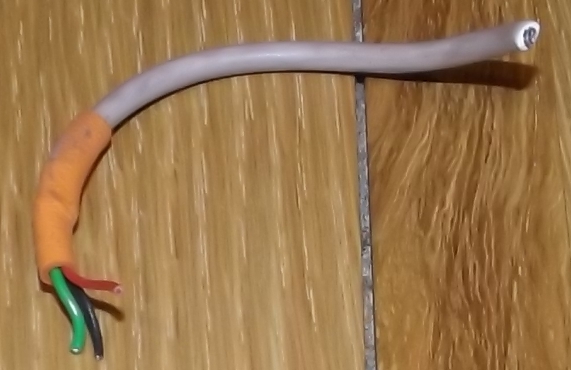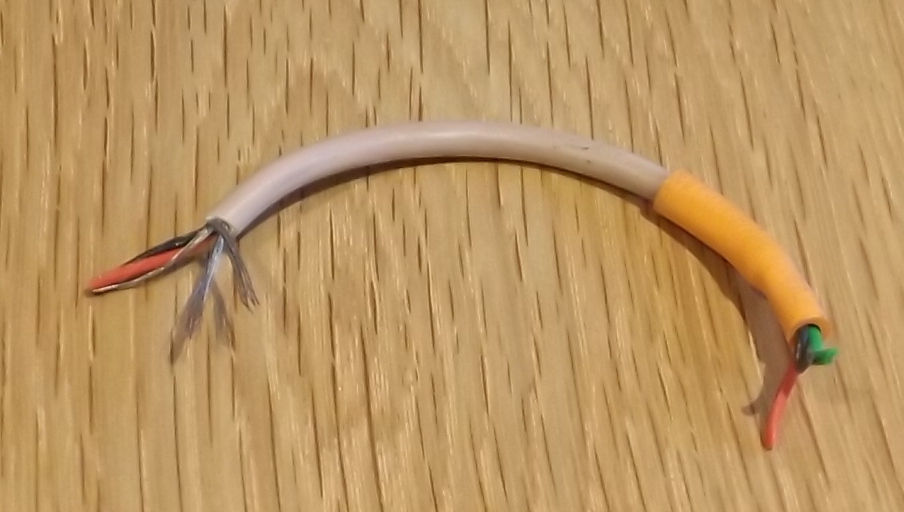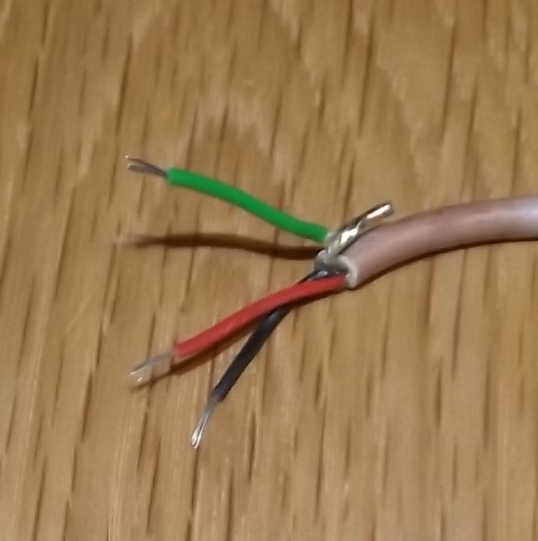ruffrecords
Well-known member
Not sure where to put this so here goes.
There is a proper technique for terminating the screens of audio cables with a separate wire so they can be connect to crimp connectors, for example, where soldering the screen is inappropriate or simply not possible. I am sure we used to call these pigtails at Neve back in the 70s. Anyway, I have googled myself silly trying to find a description of how to do this properly but I cannot find it.
Anyone know?
Cheers
Ian
There is a proper technique for terminating the screens of audio cables with a separate wire so they can be connect to crimp connectors, for example, where soldering the screen is inappropriate or simply not possible. I am sure we used to call these pigtails at Neve back in the 70s. Anyway, I have googled myself silly trying to find a description of how to do this properly but I cannot find it.
Anyone know?
Cheers
Ian


















![Electronics Soldering Iron Kit, [Upgraded] Soldering Iron 110V 90W LCD Digital Portable Soldering Kit 180-480℃(356-896℉), Welding Tool with ON/OFF Switch, Auto-sleep, Thermostatic Design](https://m.media-amazon.com/images/I/41gRDnlyfJS._SL500_.jpg)






















